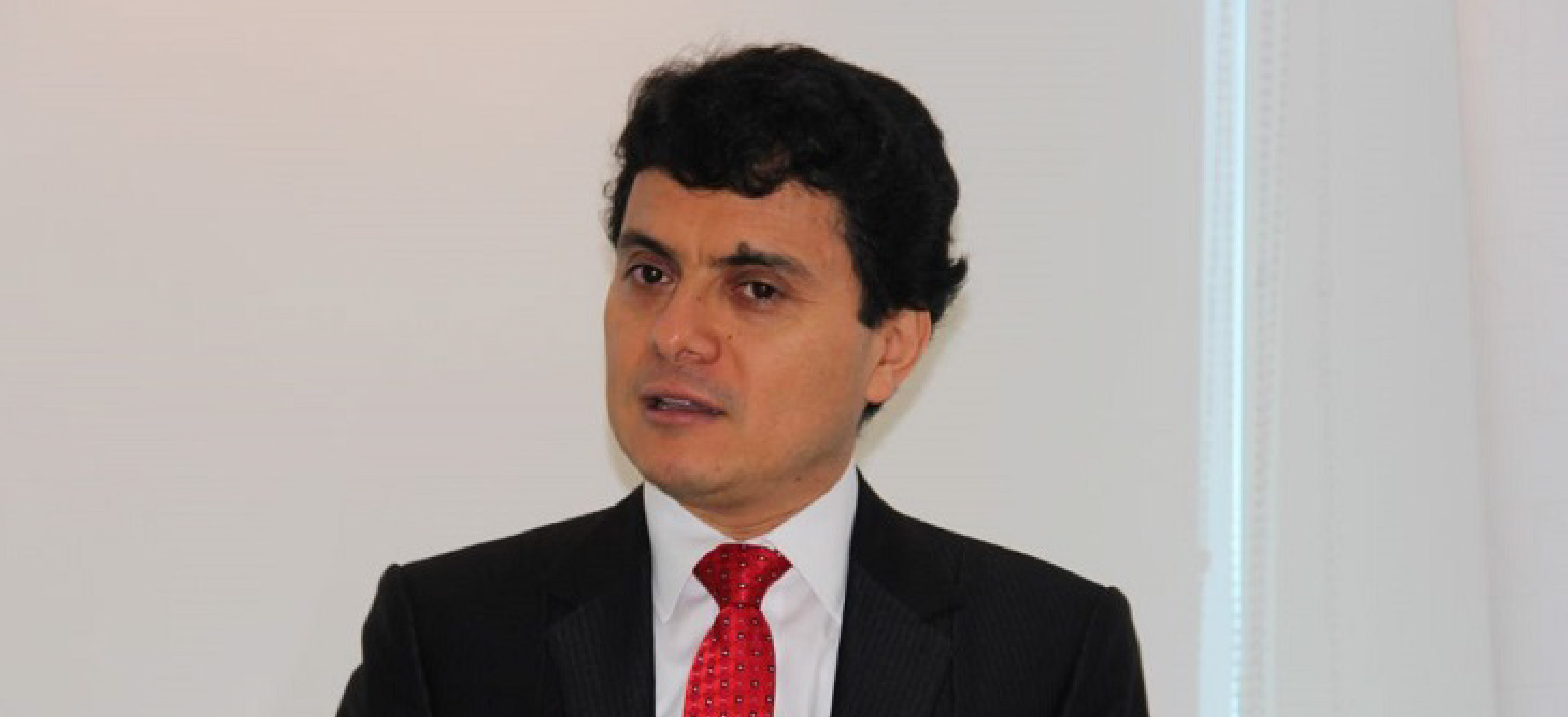NEWS, INTERVIEWS AND EVERYTHING RELATED TO PERUMIN IN THE MEDIA
Lima, NOVEMBER 15 2022Ayacucho, Huancavelica, and Ica Would Reduce Their Poverty Rates by Five Percentage Points Thanks to Mining Development

In the case of Ica, mining has helped bring down poverty levels by 36 percentage points over the last two decades, going from 42% to 7%.
In the cases of Ayacucho and Huancavelica, he highlights the need to promote a mix of investments, as well as to boost mining exploration.
The implementation of mining projects in the portfolio of the regions of Ayacucho, Huancavelica, and Ica would enable them to reduce their poverty rates by up to five percentage points by 2031, according to the study “Economic and Social Impact of Mining in Peru – Historical Perspective and Outlook to the Future,” conducted by the Peruvian Institute of Mining Engineers (IIMP) and Centro para la Competitividad y Desarrollo (CCD).
This study, presented during the first day of Rumbo a PERUMIN – Central Peru Edition, states that these three regions concentrate mining investments valued at over $930 million, among which the Inmaculada optimization project in Ayacucho ($136 million), the Pukaqaqa project in Huancavelica ($654 million), and the Shouxin expansion project in Ica ($140 million) stand out.
The most representative case is that of Ica, where the poverty rate would drop from 7% to 3% by 2031. In this region, mining has also helped reduce poverty levels by 36 percentage points in the last two decades, going from 42% in 2001 to 7% in 2021.
“This is a region where mainly iron production has been boosted, as this mineral is in high demand in European and Asian countries. Furthermore, in this region mining accounts for 19% of the regional GDP, working in synergy with other productive activities, such as agriculture and electric energy,” underscored Miguel Cardozo, president of PERUMIN 36.
We need a mix of investments
As for Ayacucho and Huancavelica, despite the fact that opportunities for mining investment are fewer there, the current projects would also contribute greatly to poverty reduction. In Ayacucho, it would go down from 41% to 37%; whereas in Huancavelica, from 40% to 35% by 2031.
“In these regions, where the poverty rate is still high, we need to promote a mix of investments, since these are the ones that create jobs and generate resources to close social gaps. As for mining, we need to boost exploration so that in the future we can broaden this investment portfolio, which would allow for better and greater prospects for development,” pointed out the president of Rumbo a PERUMIN, Domingo Drago.
According to the study presented by economist Rudy Laguna, director of CCD, mining accounts for 19% of Ayacucho’s GDP and 10% of Huancavelica’s GDP. He also noted that, while in Ica the GDP per capita (average income per person) is at around 19,000 soles, in Ayacucho and Huancavelica it is lower, at 10,000 soles.
It is worth noting that the study “Economic and Social Impact of Mining in Peru – Historical Perspective and Outlook to the Future” was presented within the framework of the activities of Rumbo a PERUMIN – Central Peru Edition: Ayacucho, Huancavelica, and Ica, taking place until November 17. This event is being live-streamed via PERUMIN platforms and it is free for the general public.
About Rumbo a PERUMIN
Rumbo a PERUMIN is a program of decentralized activities that will pave the way for PERUMIN 36 Mining Convention, which will take place in Arequipa in September 2023. Rumbo a PERUMIN proposes having an open dialogue about Peruvian mining to bring forward proposals for the industry to increasingly benefit the country. It involves authorities, specialists and academics, and representatives of mining companies, among others.
Platforms:
Website: www.perumin.com
Facebook: PERUMIN – Mining Convention







